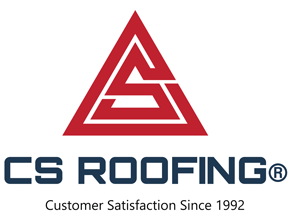What to Consider Before Installing House Siding: A Comprehensive Guide
One of the most popular home improvement projects for homeowners is installing new siding. Not only does it enhance your home’s curb appeal and increase its value, but it also provides protection from the elements. However, before you dive into the world of siding, there are several factors to consider. In this comprehensive guide, we’ll take you through everything you need to know before siding installation.
Climate and Weather Conditions
- The climate and weather conditions in your area should be the first consideration when choosing house siding. Different materials may be better suited for different climates. For example, if you live in an area with high humidity, you’ll want to choose a material that is moisture-resistant, such as vinyl or fiber cement. If you live in an area with extreme temperatures, you’ll want to choose a material that is durable and can withstand the elements.
Siding Materials
There are several types of siding materials to choose from, each with its own advantages and disadvantages. Some popular options include:
- Vinyl Siding: Vinyl siding is a popular choice for homeowners because it’s low maintenance, affordable, and comes in a variety of colors and styles. Vinyl siding is also moisture-resistant, making it a good choice for areas with high humidity.
- Wood Siding: Wood siding provides a natural and classic look to your home. However, it requires more maintenance than other materials, such as regular painting or staining, and is susceptible to moisture damage.
- Fiber Cement Siding: Fiber cement siding is a durable and low-maintenance option that comes in a variety of colors and styles. It’s also resistant to moisture and fire, making it a great choice for areas with extreme weather conditions.
- Metal Siding: Metal siding is a durable and low-maintenance option that is resistant to moisture and fire. However, it’s not as popular as other siding materials and may not be as aesthetically pleasing to some homeowners.

Maintenance Requirements
- Different siding materials require different levels of maintenance. For instance, wood siding requires regular painting or staining to maintain its appearance and protect it from moisture damage. Vinyl siding, on the other hand, requires minimal maintenance and can be easily cleaned with a power washer. Before choosing a siding material, it’s important to consider the amount of maintenance required and whether you’re willing to invest the time and money to keep it looking good.
Energy Efficiency
- The type of siding you choose can also impact your home’s energy efficiency. Insulated siding, for example, can help reduce energy costs by improving your home’s insulation and reducing air leakage. This can be particularly beneficial in areas with extreme temperatures. Some siding materials, such as metal, may not be as energy-efficient as other options.
Cost and Budget
- The cost of installing house siding can vary widely depending on the type of material, size of your home, and the complexity of the installation. It’s important to consider your budget and weigh the costs and benefits of each siding material before making a decision. While vinyl siding may be a more affordable option, it may not last as long as other materials, such as fiber cement or wood.
Conclusion
When it comes to installing new house siding, there are several factors to consider before making a decision. By taking into account the climate and weather conditions, siding materials, maintenance requirements, energy efficiency, and cost, you can choose the right siding for your home that will look great and provide long-lasting protection. Ultimately, the best siding material for your home will depend on your specific needs and preferences. With the right research and planning, you can make an informed decision and enjoy a beautiful and functional exterior.
Tags:



